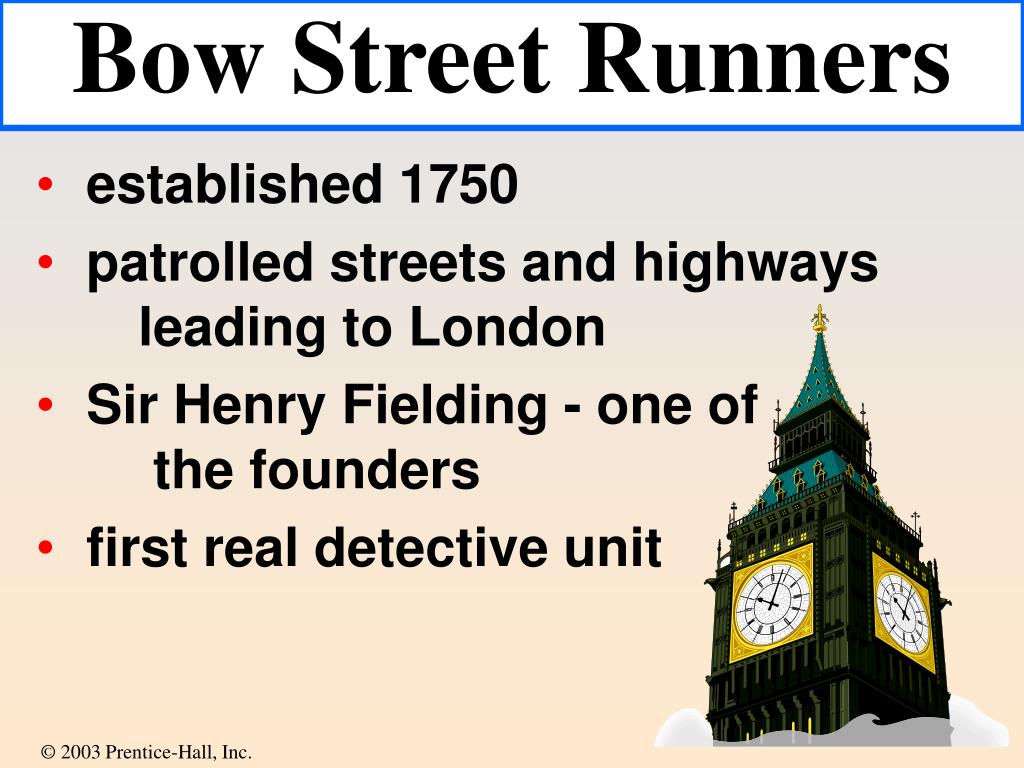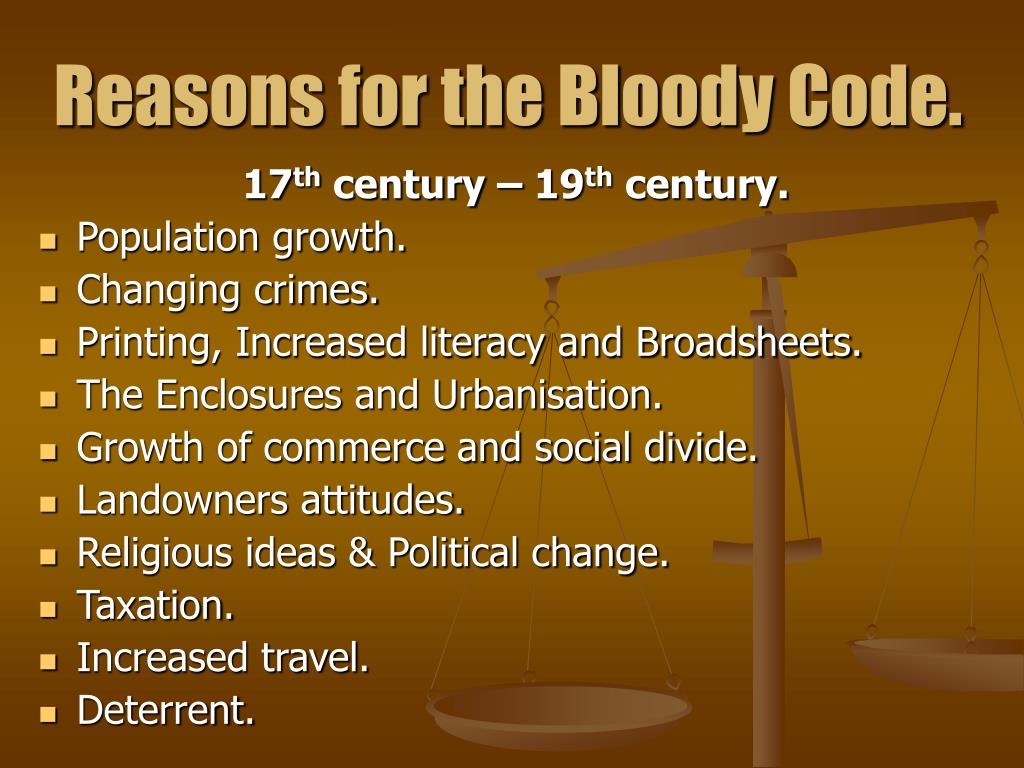
How did this system of collective responsibility-which we must not forget was a means of ensuring conformity to the feudal order-turn into modern top-down policing? While the history of English law is complex and outside our purpose, one development stands out so far as the history of policing goes: In 1252, Henry III appointed constables (from the Latin comes stabuli, “count of the stable”) to oversee the hundreds and ensure that malefactors didn’t slip between the cracks. The one in charge of the group was the chief pledge, who was elected by the hundred and was usually the wealthiest man-and therefore had the most to lose in a system of collective punishment.

Additionally, members of tithing-groups had to report those who misbehaved. Members of tithing-groups were required to attend manor courts and could be collectively fined if one of them misbehaved. After the Norman Conquest, it served a similar purpose, but became a subdivision of a manor owned by a member of the Anglo-Norman elite.
#Hue and cry from constable free
The tithing group originated in Anglo-Saxon England as a system of collective responsibility for all the free men in the area. To understand the origins of modern English law enforcement, you need to understand the concept of “tithing groups”-not tithing as in church taxes, but a “ten-thing,” an assembly of the men of ten hides of land (a hide was about 120 acres, or enough to support a household). Indeed, if we want to look at the history of policing in England, it is that of increasing royal-that is, state-power, and decreased emphasis on local autonomy and community-based solutions. Furthermore, law came to be seen as a legitimate means of arbitrating disputes and resolving conflicts for ordinary people. As royal authority became more able to impose its will on the people and, especially, on the feudal nobility, society became safer and law arguably less arbitrary.

However, private justice worked against the centralization of power, and one of the chief means by which power solidified was through the law. One aspect of the tripartite division of medieval society-those who pray, those who fight, and those who work-was that the nobility as a whole had the right to administer justice. To begin with, if medieval English law-enforcement was far more community-based than it is today, this was partially due to a weak central government. policing was likewise inspired that of by our former colonizer.

In this article, I am mainly going to concentrate on English history here, since England was one of the first (if not the first) to develop a unified law-enforcement apparatus, and also because while “ Anglo-American law” can be used as a racist dog-whistle, the United States’ legal system does indeed derive from the English, and U.S. So what were the structures in place for keeping order before that? The question is well worth asking. Medievalists of Color, for instance, have said in their recent statement that “As medievalists we know that a world without police is not only possible but the norm for most of human history.” Indeed, the Metropolitan Police Service, generally held to be the first modern police force, was only created in London in 1829. The current hue and cry to “defund the police” draws some of its justification not only from recent militarization and expansion of law enforcement into areas in which it was never intended to be competent, but from the relative novelty of police forces themselves.


 0 kommentar(er)
0 kommentar(er)
